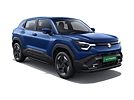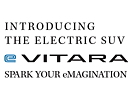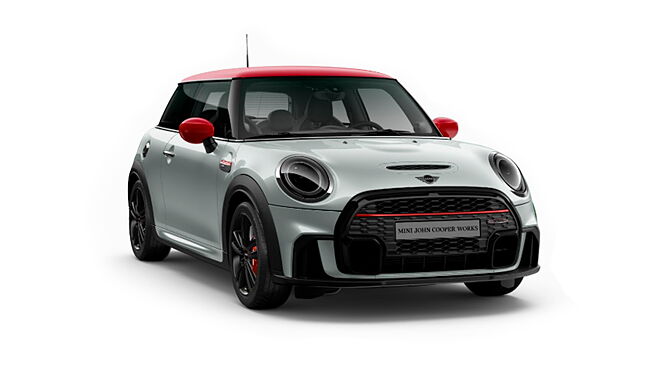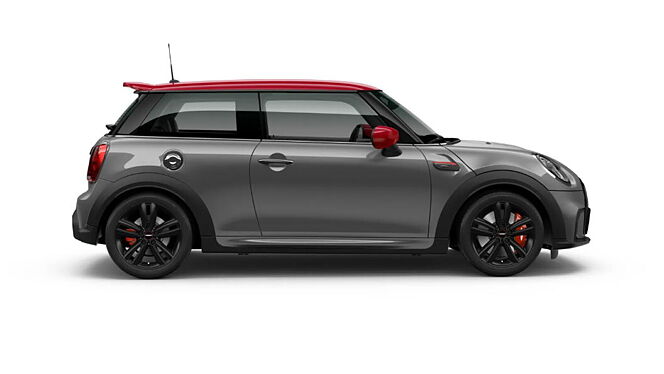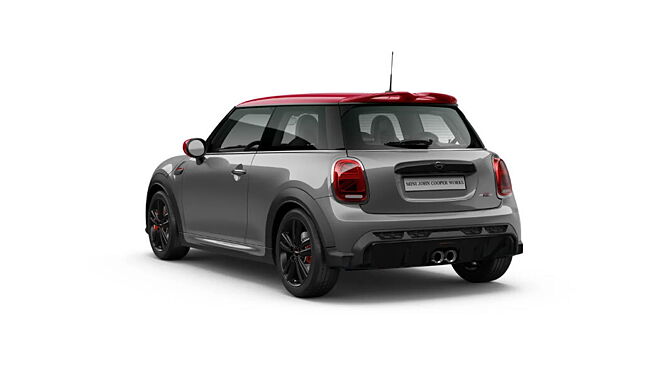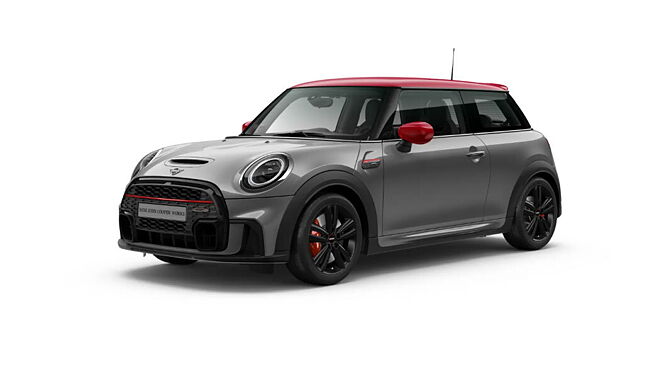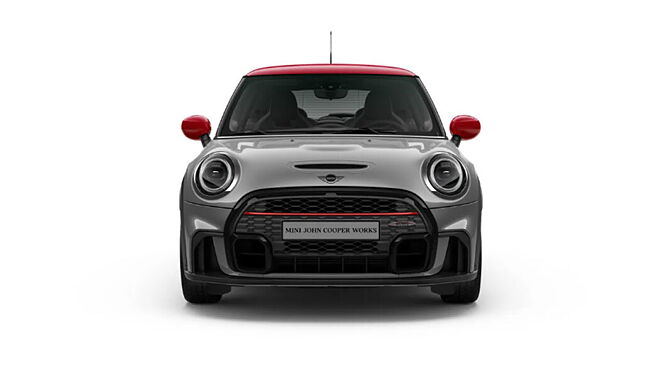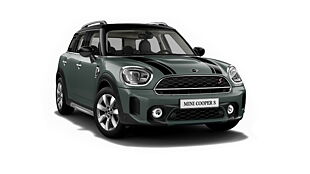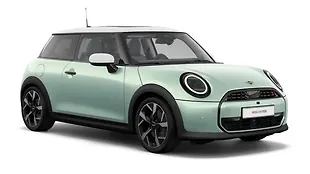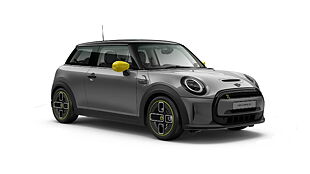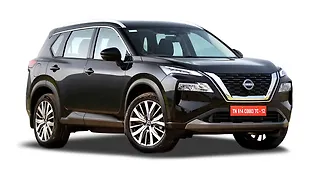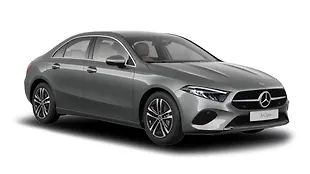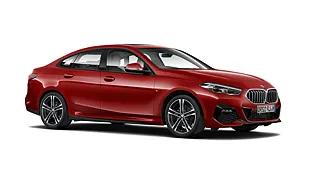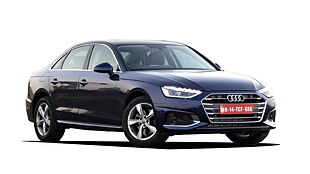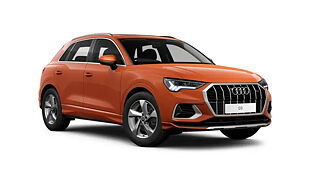MINI Cooper JCW Hatchback
|Rate & Win
- Cooper JCW
- Images
- 360° View
- Specs & Features
- Variants
- Colours
- User Reviews
MINI Cooper JCW Hatchback Summary
MINI Cooper JCW Hatchback is the top model in the Cooper JCW lineup and the price of Cooper JCW top model is Rs. 47.70 Lakh. It gives a mileage of 17 kmpl. MINI Cooper JCW Hatchback is available in Automatic (TC) transmission and offered in 9 colours: British Raving Green IV Metallic, Midnight Black Metallic, Engimatic Black Metallic, Island Blue Metallic, Moonwalk Grey, Chilli Red Metallic, Rooftop Grey Metallic, White Silver Metallic and Pepper White.
Read More
MINI Cooper JCW Hatchback Review
Overall Score / 10
8
Every Mini has had a JCW version which promises explosive performance, top notch handling and special exteriors and interiors. So does this new car follow the famed JCW legacy? Let’s take a look
Why would I buy it?
Why would I avoid it?
Summary
8
Engine and Performance
9
Ride and Handling
9
Interior Space and Quality
7
Features and Equipment
7
Conclusion
8
Cooper JCW Hatchback Specifications & Features
- Specifications
- Features
- Specifications
- Features
Specifications
Engine & Transmission
Top Speed246 kmphAcceleration (0-100 kmph)6.1 secondsEngine1998 cc, 4 Cylinders Inline, 4 Valves/Cylinder, SOHCEngine Type2.0 PetrolFuel TypePetrolMax Power (bhp@rpm)228 bhp @ 5200 rpmMax Torque (Nm@rpm)320 Nm @ 1450 rpmMileage (ARAI)17 kmplDriving Range748 kmDrivetrainFWDTransmissionAutomatic (TC) - 8 Gears, Sport ModeEmission StandardBS 6Turbocharger / SuperchargerYesOthersRegenerative Braking, Idle Start/StopValve/Cylinder (Configuration)4, SOHCDimensions & Weight
Length3850 mmWidth1727 mmHeight1414 mmWheelbase2495 mmCapacity
Suspensions, Brakes, Steering & Tyres
Features
Exterior
Braking & Traction
Safety
Comfort & Convenience
Lighting
Locks & Security
Doors, Windows, Mirrors & Wipers
Entertainment, Information & Communication
Mobile App Features
Storage
Airbags
Seats & Upholstery
Instrumentation
Manufacturer Warranty
Other Cooper JCW Variants
| Variants | Price | Specifications | |
|---|---|---|---|
Rs. 47.70 Lakh | 4 Person, FWD, 320 Nm, 211 litres, 8 Gears, 2.0 Petrol, Optional, 44 litres, 748 km, No, No, Front & Rear, 6.1 seconds, 246 kmph, 4 Star (Euro NCAP), 3850 mm, 1727 mm, 1414 mm, 2495 mm, 320 Nm @ 1450 rpm, 228 bhp @ 5200 rpm, Remote, Yes (Automatic Climate Control), Front Only, 1, Reverse Camera, Wireless, Optional, 0, Optional, Yes, No, 2 Airbags (Driver, Front Passenger), Yes, 1, BS 6, 3 Doors, 17 kmpl, Petrol, Automatic (TC), 228 bhp | Get Offers from Dealers |
Cooper JCW Alternatives
Explore Used MINI Cooper JCW
Cooper JCW Hatchback Colours
The following 9 colors are available in Cooper JCW Hatchback.
British Raving Green IV Metallic
Write a detailed review and you can win Amazon voucher worth Rs. 2,000
MINI Cooper JCW Hatchback Reviews
- (6 Ratings) 1 Reviews
4.8/5
- Sports car on a budgetWell, I'm not yet Lucky enough to own one but I've driven it 2 times and trust me this thing is just mind numbing... I personally like mini design from start itself. It's feature loaded.compact in size and hence it feels sweet even in reckless traffic of Indian roads. Now the best Part is the engine. Whatever it shows or claims on paper but in real world,you press the accelerator pedal and you can't skip to smile even for once.The power and the compact dimensions makes it float and it jumps ahead and reach 100 kmph in no time. I pushed the pedal slightly and it started flying like wow. Handling is just sweet. I never thought I could be this much confident doing such high speeds in an FWD hatchback. But mini has put it together so nicely ,full marks for that The only con I can say is the Suspension. it's very stiff for our roads although it provides great handling but bumps and potholes wouldn't feel so nice. And 2 rear seats are just useless..although the front seats are comfy. Still it can be a great daily driver as well. it's a sports car on a budget. accessory exhaust is a must, its loud and satisfyingRating parameters(out of 5)5
Exterior
4Comfort
5Performance
4Fuel Economy
5Value For Money
About the ReviewerPurchase Not PurchasedDriven forDid a short drive onceWas this review helpful?00
Cooper JCW Hatchback FAQs
Q: What is the price of Cooper JCW Hatchback?
Cooper JCW Hatchback price is Rs. 47.70 Lakh.
Q: How is the performance of Cooper JCW Hatchback?
Hatchback is powered by a 1998 cc Petrol engine mated to a 8 Gears, Sport Mode speed Automatic (TC) gearbox which generates 228 bhp of power & 320 Nm of torque.
Q: What is the mileage of Cooper JCW Hatchback?
The Cooper JCW Hatchback mileage is 17 kmpl.
Q: What is the fuel tank capacity of Cooper JCW Hatchback?
The fuel tank capacity of Cooper JCW Hatchback is 44 litres.
Q: How much bootspace does Cooper JCW offer?
MINI Cooper JCW boot space is 211 litres.
Q: What is the Cooper JCW safety rating for Hatchback?
MINI Cooper JCW safety rating for Hatchback is 4 Star (Euro NCAP).
- Home
- MINI Cars
- Cooper JCW
- Hatchback

